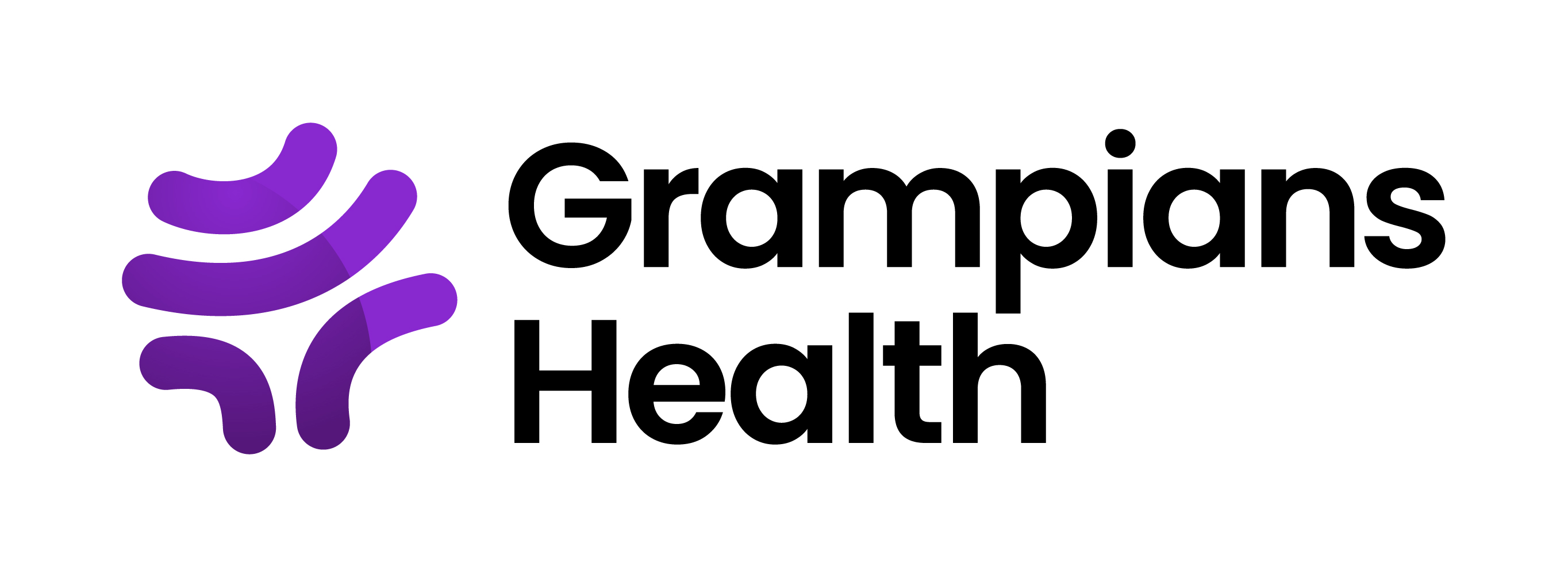Please use this identifier to cite or link to this item:
http://hdl.handle.net/11054/273Full metadata record
| DC Field | Value | Language |
|---|---|---|
| dc.contributor.author | Kelly, Anne-Maree | en |
| dc.contributor.author | Kerr, Debra | en |
| dc.contributor.author | Patrick, Ian | en |
| dc.contributor.author | Walker, Tony | en |
| dc.date.accessioned | 2013-05-29T06:05:57Z | en |
| dc.date.available | 2013-05-29T06:05:57Z | en |
| dc.date.issued | 2003 | en |
| dc.identifier.govdoc | 00261 | en |
| dc.identifier.issn | 0025-729X | en |
| dc.identifier.uri | http://hdl.handle.net/11054/273 | en |
| dc.description.abstract | Objective: To determine the proportion of patients in Victoria treated within the British Heart Foundation 90-minute call-to-needle (CTN) time benchmark for thrombolysis of ST-elevation myocardial infarction (STEMI), and to validate the British Heart Foundation 90-minute benchmark with respect to mortality. Design: Cohort study. Setting: 20 hospitals and two ambulance services in the State of Victoria, Australia. Participants: 1147 patients with STEMI transported to hospital by ambulance and eligible for thrombolysis. Main outcome measures: CTN time, and in-hospital mortality. Results: Median CTN time was 83 minutes (mean, 93.2 min; range, 29–894 min). Median door-to-needle (DTN) time was 37 minutes (mean, 46.5 min; range, 0–853 min). 61% of patients received thrombolysis within the 90-minute benchmark. Patients with CTN times > 90 minutes had an increased risk of dying (relative risk, 1.8; 95% CI, 1.3–2.7). Factors associated with CTN time < 90 minutes were lower DTN time, prior notification of the receiving hospital and transport time less than 20 minutes. Conclusion: The British Heart Foundation CTN time benchmark is being met for 61% of eligible STEMI patients in Victoria. Strategies to reduce CTN time should be region-specific, and should include attempts to reduce DTN and to enhance ambulance–hospital communication. Prehospital thrombolysis may be appropriate for some regions. This study was undertaken with data obtained from Ballarat Health Services - J. Stickland; C. Tauschke; G. Campain. | en |
| dc.description.provenance | Submitted by Gemma Siemensma (gemmas@bhs.org.au) on 2013-05-22T05:48:45Z No. of bitstreams: 0 | en |
| dc.description.provenance | Approved for entry into archive by Gemma Siemensma (gemmas@bhs.org.au) on 2013-05-29T06:05:57Z (GMT) No. of bitstreams: 0 | en |
| dc.description.provenance | Made available in DSpace on 2013-05-29T06:05:57Z (GMT). No. of bitstreams: 0 Previous issue date: 2003 | en |
| dc.publisher | MJA | en |
| dc.relation.uri | https://www.mja.com.au/journal/2003/178/8/call-needle-times-thrombolysis-acute-myocardial-infarction-victoria?0=ip_login_no_cache%3Dcc497035a7df86ff3a030d49eb260864 | en |
| dc.title | Call-to-needle times for thrombolysis in acute myocardial infarction in Victoria. | en |
| dc.type | Journal Article | en |
| dc.type.specified | Article | en |
| dc.bibliographicCitation.title | Medical Journal of Australia | en |
| dc.bibliographicCitation.volume | 178 | en |
| dc.bibliographicCitation.issue | 8 | en |
| dc.bibliographicCitation.stpage | 381 | en |
| dc.bibliographicCitation.endpage | 385 | en |
| dc.publisher.place | Australia | en |
| dc.subject.healththesaurus | MYOCARDIAL INFARCTION | en |
| dc.subject.healththesaurus | THROMBOLYSIS | en |
| dc.subject.healththesaurus | BENCHMARKING | en |
| dc.subject.healththesaurus | COHORT STUDY | en |
| dc.subject.healththesaurus | EMERGENCY MEDICINE | en |
| dc.subject.healththesaurus | STEMI | en |
| dc.date.issuedbrowse | 2003-01-01 | en |
| Appears in Collections: | Research Output | |
Files in This Item:
There are no files associated with this item.
Items in DSpace are protected by copyright, with all rights reserved, unless otherwise indicated.
